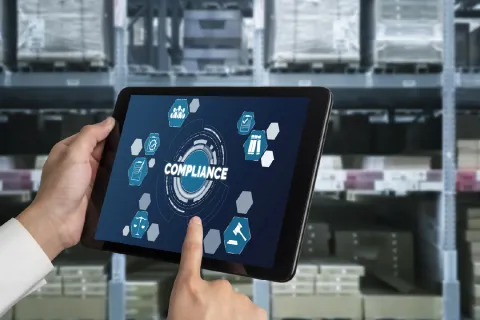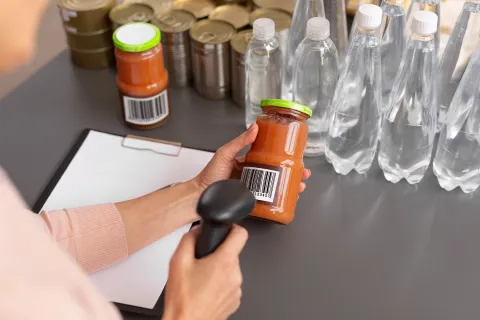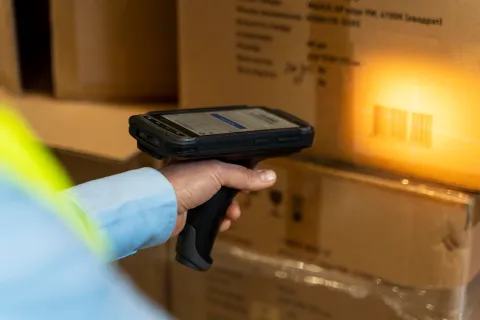
In the life sciences arena, global health authorities always guide and mandate the manufacturers to demonstrate the safety and efficacy of a product through compliant labeling procedures. It is because the labels act as key channels of communication between the product and the end user. Companies must ensure compliance in communicating the safety data right from the Core Data Sheet (CDS) to Local Prescribing Information. At the same time, companies are obliged to track and implement labeling changes and local variations in real-time. Failure to respond quickly to changing product information or market requirements can result in non-compliance issues and rejected product registrations, which may affect the revenues.
Given the dynamic nature of Regulatory scenarios and manufacturers’ wide market presence and product portfolios, it is challenging to keep track of global changes and to ensure their accurate implementation in real-time. Hence, they are in dire need of a one- stop labeling solution that takes control of the end-to-end labeling process right from content to carton. But what should they consider while choosing such a labeling platform? Ideally, the tool should address the below-mentioned key features:
- Label Management
- Tracking and Traceability
- Commercial Implementation
Label Management
A product with a wide geographical footprint would require labels in each region/country to comply with specific regional Regulatory requirements. However, for most companies, the primary processes involved in developing such labels are prone to procedural lags and gaps as multiple stakeholders are involved in the labeling process. That increases the complexity of label management and therefore increases the labeling cost.
Hence, a holistic, transparent, and cost-effective global label management system is necessary, one that provides a modular, governed content repository, integrates across the product lifecycle, and supports structured authoring (e.g., re-usable content modules for CCDS, SmPC, USPI). Such a system can dramatically reduce risk, improve version control, and accelerate the content creation process.
Tracking and Traceability
In a product’s lifecycle, any label change (driven by a safety update, indication of change, or manufacturing variation) may affect certain or all components of a label (core text, tables, warnings, graphics). In such a scenario, legacy systems or distributed manual processes may not provide sufficient visibility to track these changes reliably.
Therefore, a Regulatory labeling platform must enable end-to-end traceability, from structured content components to final carton artwork. It should support automated impact analysis (which content components are affected), change propagation, and real-time auditing. This ensures Regulatory readiness and helps maintain a consistent “single source of truth” across markets. Solutions like the Docuvera’s modular content platform offer such features, with built-in traceability for every content object.
Commercial Implementation
Once a label change is tracked, the proposed change must be implemented across upstream labeling processes (like CDS) and across the downstream processes (like LPD, Artwork, Printing, Supply Chain, etc.).
A truly effective labeling solution links Regulatory content with commercial operations. It should maintain a connection between product registrations, artwork components, and packaging items, enabling synchronized updates. This alignment ensures that content changes propagate smoothly — reducing the risk of misalignment, minimizing time to market, and supporting e-labeling and digital packaging initiatives.
With these features — label management, traceability, and commercial implementation — you get more than just a labeling tool. You gain a comprehensive, Regulatory-grade global labeling solution that can track, manage, validate, and deploy label changes in real time, across multiple geographies and formats.
Be ready for the reality check with our one-stop labeling platform — Freyr LABEL, a pharmaceutical labeling software designed for modern Regulatory challenges. Request a demo today to see how it drives compliance, speeds governance, and ensures traceability.









